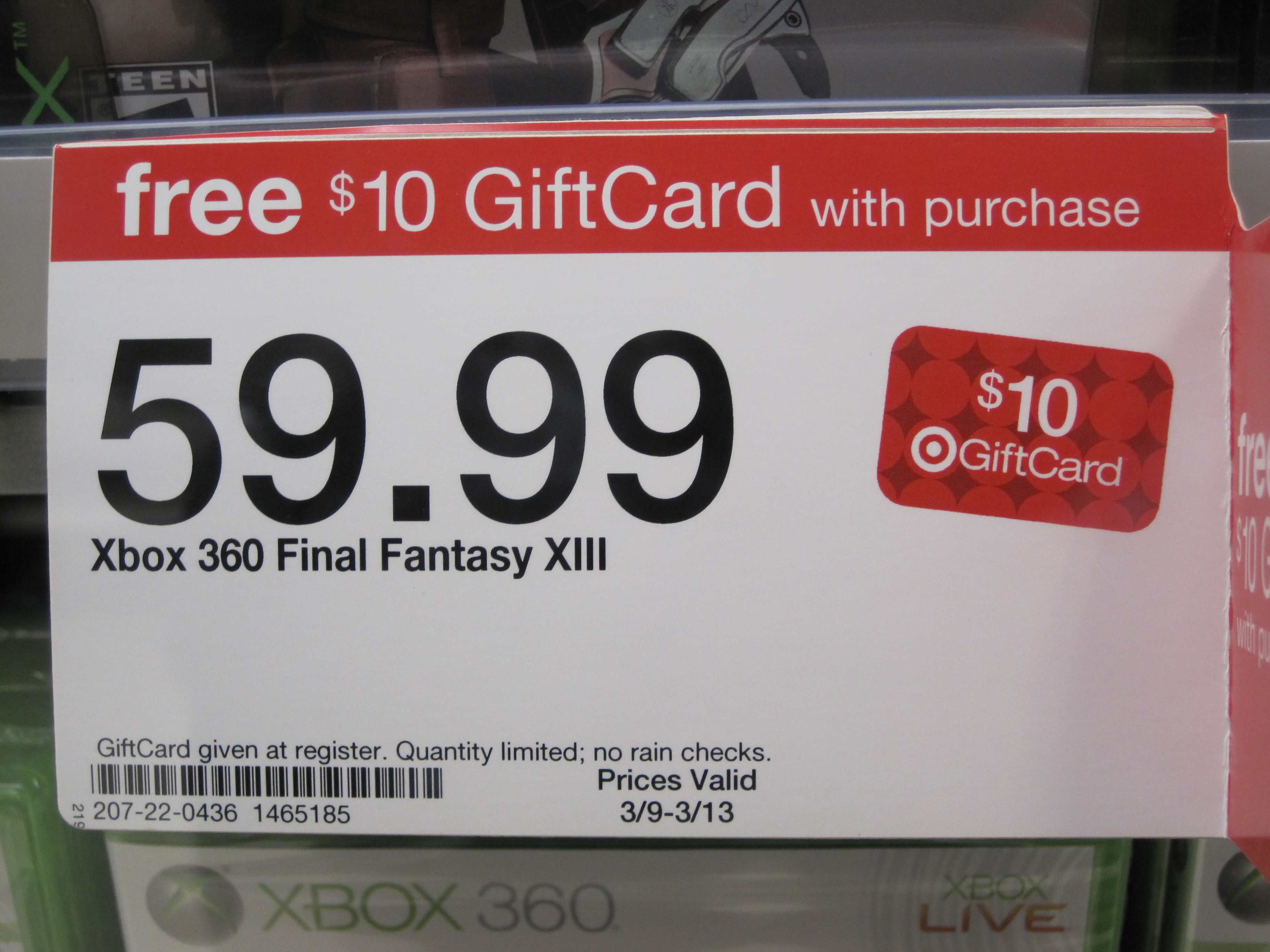Want to get a man to buy something? Print the price in red. However, this only works really well with men, not women.
As unusual as it sounds, researchers at Saïd Business School, University of Oxford, found that perceptions of price for men and women are significantly affected by color.
According to the study, published in The Journal of Retailing, printing a price in red is a way of convincing men that they are getting a bargain, but the same cannot be said for women.
Interestingly there are some major differences in the way that men and women “read” and “react” to advertisements.
There has been little known about the impact of color on price perception until now.
The report, titled “Are Men Seduced by Red? The Effect of Red Versus Black Prices on Price Perceptions”, analyzed results from four different studies that evaluated the impact of the color red on consumers’ perceptions of savings.
Men process red advertisements differently to women
The authors argue that women tend to process advertisements more thoroughly and with greater skepticism. Whereas men tend to rush at picking up on “clues” in the advertisement that influence their decision, and as a result they do not process the advertisement deeply.
Male and female graduate students in an American university participated in a series of experiments to determine what impact red has on a consumer’s perception of saving.
The results revealed that men not only associate red with pleasure, but they also perceive prices printed in red as offering “greater value” compared to prices printed in black.
According to the study, men “expressed more positive emotions toward retail ads when prices were presented in red”, while women “appeared to be naturally inclined toward greater elaboration of the ad and showed greater price recall.”
Men were more inclined to superficially read advertisements, this was true when they recalled inaccurate prices after seeing the ad. An example of this is remembering the price of a product as $15 less than it actually was simply because the price was printed in red.
The research indicates that men rely on clues like color to estimate the value of something. In contrast women recalled the prices of products with much greater accuracy than me,n regardless of what color the price was printed in.
Nancy Puccinelli, Fellow in Consumer Marketing, Saïd Business School, University of Oxford, concluded:
“Many men claim to dislike shopping, and here we can see this reflected in their shallow processing of advertisements. Unless they know or care enough about the product to engage properly with the ad, they can be easily convinced that they are getting a bargain, just by printing the price in red. This is useful for retailers to know, of course, and rather confirms the myth that men, in general, just aren’t very good at shopping.”

